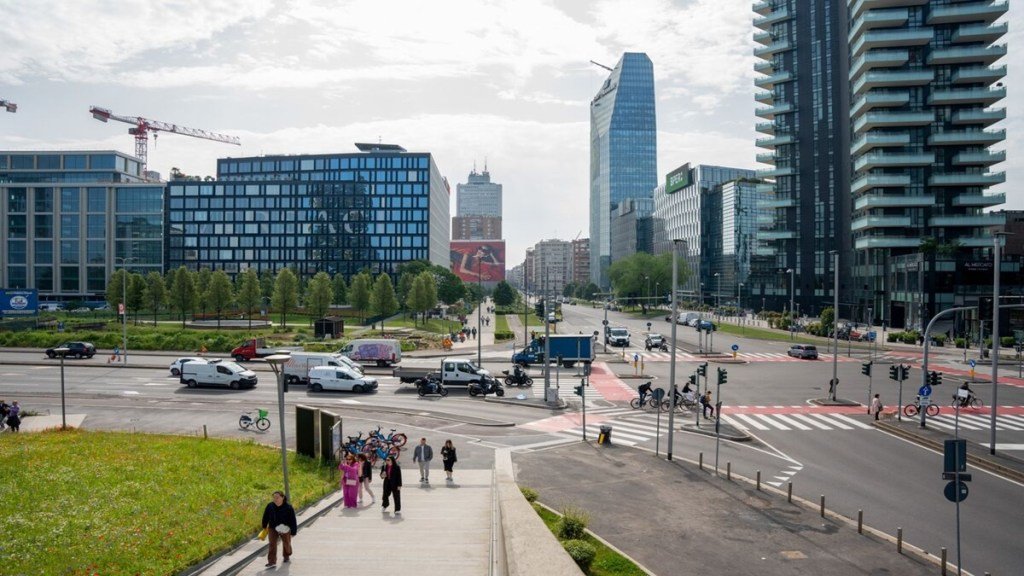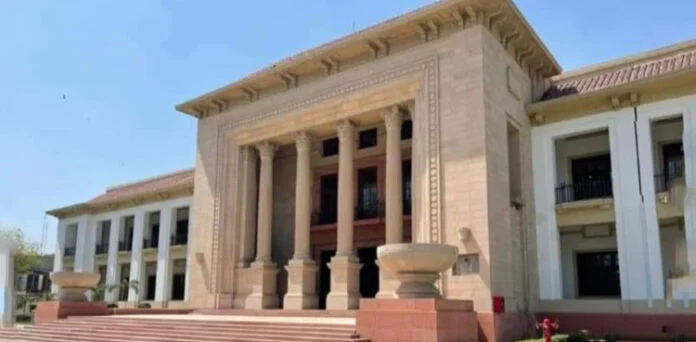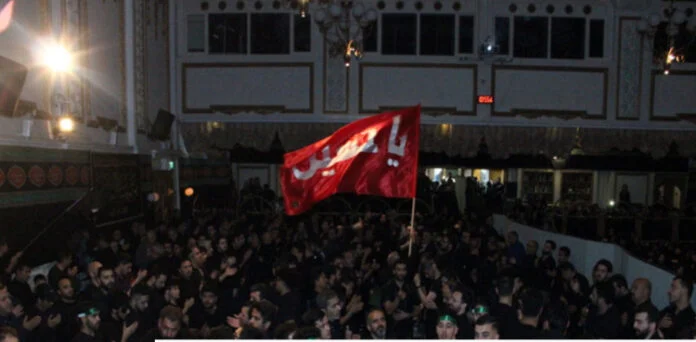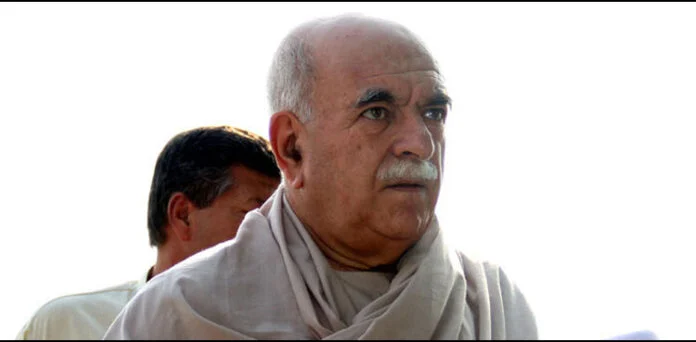
Between May 2020 and May 2024, some of the biggest users of the H-1B visa program in the United States were not just technology companies, but also banks and telecommunications firms, according to a report by Bloomberg News. Many of these companies employed lower-paid H-1B workers through staffing and outsourcing firms, which collectively accounted for roughly half of the 85,000 new H-1B visas issued each year.
Citigroup, for example, brought in about 3,000 new H-1B workers during that period—more than companies like Nvidia, Oracle, or Qualcomm. These workers were largely IT contractors supplied by third-party staffing and outsourcing agencies. While they worked on Citi’s projects, they were technically employed by outside firms that paid them significantly less than regular Citi employees doing similar work.
These staffing and outsourcing companies—sometimes referred to as visa middlemen—operate in two ways. Staffing firms provide temporary IT workers to larger corporations, while outsourcing firms often manage offshore operations and shift business functions to other countries. Bloomberg’s analysis showed that H-1B contractors made up a small segment of Citi’s total workforce, and the data focused specifically on new visa issuances over a four-year span.
Capital One was also highlighted in the analysis. More than half of the 905 H-1B contractors tied to Capital One showed up in multiple visa registrations within the period. This was the highest overlap ratio among the top 10 companies examined. Capital One worked with hundreds of small staffing firms that repeatedly submitted applications for the same individuals. In contrast, Citi, though a larger overall user of H-1B contractors, relied less on this tactic.
Regardless of how the visas were secured, the data revealed a consistent pattern: workers who obtained H-1B visas through staffing or outsourcing firms were paid less than those hired directly by companies. While U.S. immigration law requires that H-1B visa holders receive wages comparable to American employees in similar roles, this protection doesn’t fully apply when the worker is a contractor rather than a direct hire. As a result, companies could effectively pay less for the same labor.
The original intent of the H-1B visa program, introduced by Congress in 1990, was to attract highly skilled professionals to support the growth of the U.S. tech industry. However, due to limited visa availability and growing demand, the process shifted to an annual lottery. Staffing firms and outsourcing agencies have taken advantage of this by submitting multiple entries for the same applicant, increasing their odds of selection. U.S. Citizenship and Immigration Services has labeled this strategy as a form of fraud.
These middleman firms, once they win visa slots in the lottery, assign the workers to corporate clients and take a cut of their earnings. This system has been criticized for distorting the purpose of the H-1B program, underpaying foreign workers, reducing opportunities for U.S. employees, and creating a two-tier labor system.
To address these issues, the H-1B visa process for the 2026 season has adopted a new approach. The updated system uses a beneficiary-centric selection process, meaning that each individual applicant now has an equal chance of being selected in the lottery, regardless of how many times they were registered. This change is intended to reduce gaming of the system and make the process more fair and transparent.




















